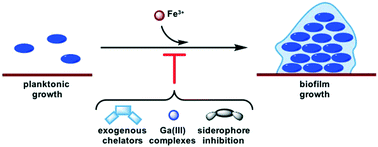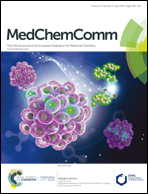Connecting iron acquisition and biofilm formation in the ESKAPE pathogens as a strategy for combatting antibiotic resistance
Abstract
The rise of antibiotic resistant bacteria has become a problem of global concern. Of particular interest are the ESKAPE pathogens, species with high rates of multi-drug resistant infections. Novel antibiotic mechanisms of action are necessary to compliment traditional therapeutics. Recent research has focused on targeting virulence factors as a method of combatting infection without creating selective pressure for resistance or damaging the host commensal microbiome. Some investigations into one such virulence behavior, iron acquisition, have displayed additional effects on another virulence behavior, biofilm formation. The use of exogenous iron-chelators, gallium as an iron mimic, and inhibition of siderophore-mediated iron acquisition are all strategies for disturbing iron-homeostasis that have implicated effects on biofilms. However, the exact nature of this connection remains ambiguous. Herein we summarize these findings and identify opportunities for further investigation.

- This article is part of the themed collection: Antimicrobial Resistance


 Please wait while we load your content...
Please wait while we load your content...